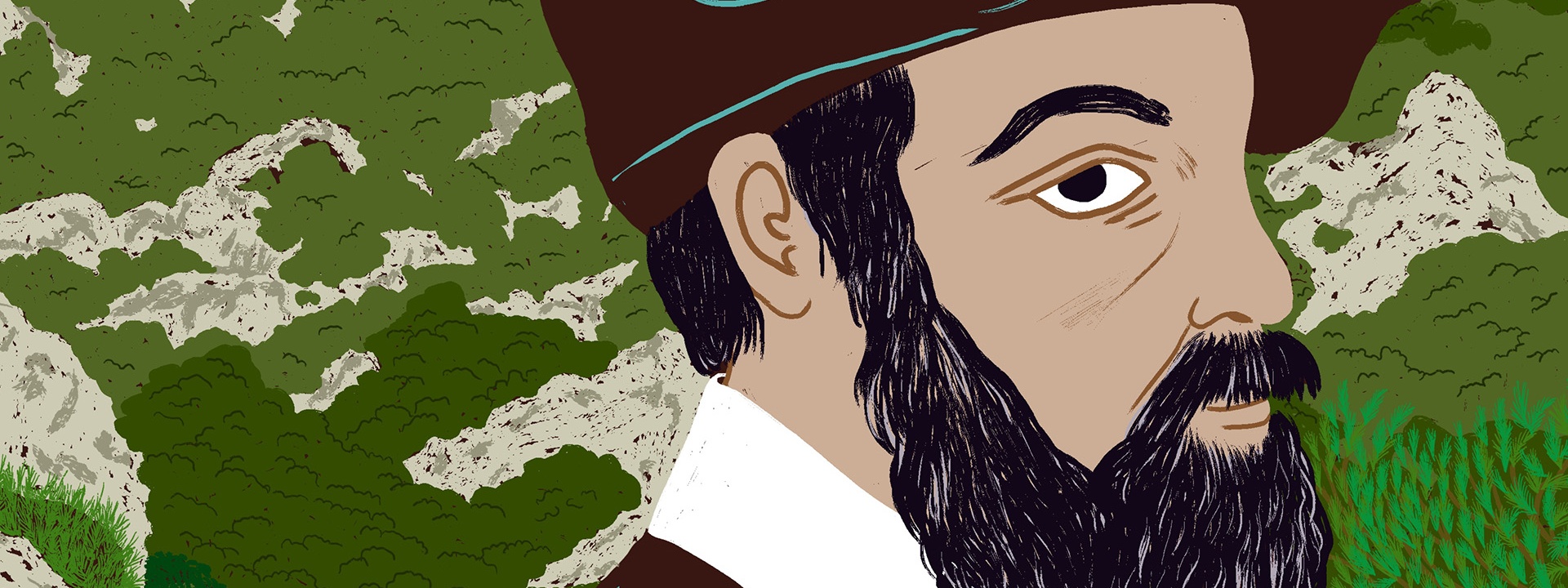Sebastiano Satta (b. Nuoro, 21 May 1867–d. Nuoro, 29 November 1914) was an Italian poet, writer, lawyer and journalist.
Sebastiano Satta
Description
After receiving his diploma, he did his two years of obligatory military service in Bologna between 1887 and 1888, a period when he was drawn to the culture and literary trends dominated at the time by Carducci’s poetics.
Returning to Sardinia in 1890, he enrolled in the Faculty of Law at the University of Sassari.
While there, he began writing his first poems and working in journalism, contributing to various Sardinian periodicals and important Italian publications.
In 1893, he published his first poetry collection, Versi ribelli, one year before graduating in Law.
After completing his degree, he returned to Nuoro where he began his legal career, quickly becoming a highly appreciated criminal lawyer.
He participated in the city’s social and political life, defending the weaker segments of the population.
Considered the first poet of Sardinia, Satta’s poetics are characterised by different thematic and stylistic threads inspired as much by semi-cultured Sardinian poetry as by contemporary works by Carducci, Pascoli and D’Annunzio.
In 1908, he suffered a brain haemorrhage that left him partially paralysed. He continued to write poetry, now dictating it, producing his most famous collections: Canti barbaricini (1910) and Canti del salto e della tanca (published posthumously in 1924).
Three poems in Canti barbaricini were written in praise of his friend the sculptor Francesco Ciusa.
In 1931, Ciusa began designing a monument in honour of Satta, who had died in 1914. The monument was inaugurated on the hill of Sant’Onofrio in 1934, but it suffered damage over the years.
 Nuorese Cultural District
Nuorese Cultural District






